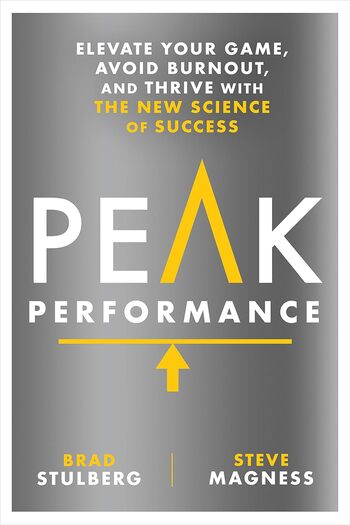
The Professor Is In by Karen Kelsky offers insight into the academic job market’s challenges, providing guidance for securing positions and navigating career transitions, both within and outside academia.
Main Lessons
- The academic landscape is changing, with fewer tenure-track positions available and an increase in adjunct appointments.
- Graduate students often hold unrealistic expectations about the job market and must prepare strategically.
- A peer mentality rather than a student mentality is crucial when entering the job market.
- Cover letters need to be precise, engaging, and highlight relevant achievements over personal passion.
- A CV should focus on peer-reviewed achievements and a clear organization based on competitiveness of entries.
- Teaching statements need to be concise, evidence-based, and free from overly humble language.
- Interview presentations should be tailored to the job and showcase original, focused arguments.
- Q&A sessions in interviews offer an opportunity to refocus discussions on your strengths.
- Academics should acknowledge their transferrable skills when considering non-academic careers.
- Preparation is key to succeeding in academia—develop strong application materials and interview skills.
- Understanding and articulating personal motivations can guide career-wide decisions.
- Academic skills in research, writing, and public speaking are valuable in numerous industries.
- Encouraging self-recognition of achievements can help academics transition to new careers.








